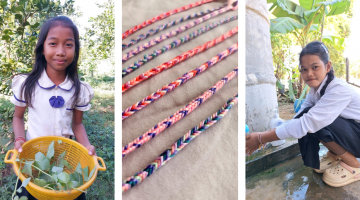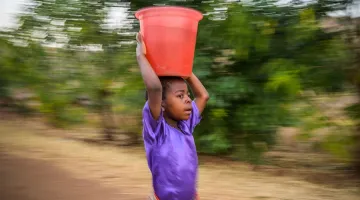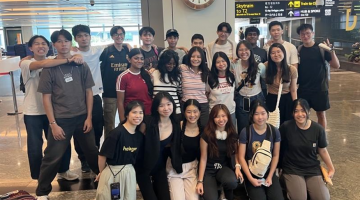Q&A with the experts: Your 8 COVID-19 response questions answered
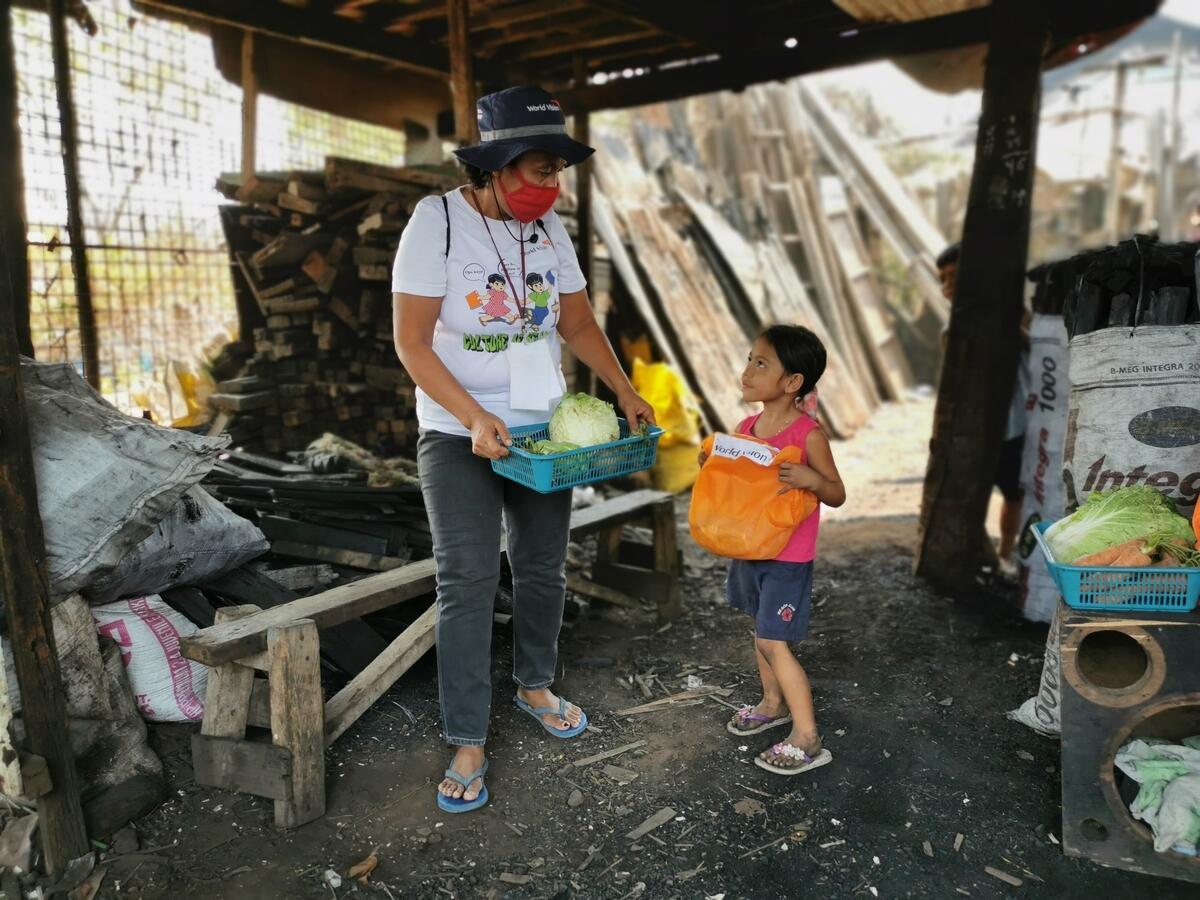
Right now, World Vision is putting into action the largest humanitarian response in our history, and one of the largest global responses to COVID-19 in the world. So far, we have reached 43.8 million people in more than 70 countries – and this is just the beginning.
Our goal is to reach 72 million people, including 36 million children because we know that as many 30 million children are at risk of disease and death because of the secondary impacts of the COVID-19 pandemic.
In every one of the 1,294 areas in 54 countries where our child sponsorship programme operates, we are working with local governments, health facilities, community partners and volunteers to put targeted COVID-19 interventions in place to help children, families and communities to cope with the pandemic.
But what does that look like on the ground? What are the key issues we’re tackling? And what difference does it make? We spoke to the experts leading our work around the world to find out.
1. How is COVID-19 affecting sponsored children’s lives?
Dana Buzducea, World Vision’s Partnership Leader for Advocacy and External Engagement
“While the infection rates and worst effects of the virus itself seem to largely spare young children, early lockdowns and school closures all over the world directly affect them. From the first moment I heard about lockdowns, children being locked in abusive environments have weighed heavily on my heart. Our consultations with children, captured in Children’s Voices in the Time of COVID-19, revealed that three-quarters of children and young people felt isolated and lonely because of COVID-19.
“But a growing body of evidence shows us that when given a chance, children are not helpless victims – in fact, they often become the hidden heroes in a crisis. When empowered, children and young people actively embrace opportunities to act and to advocate for social change. They have given us so many reasons to hope.”
Joao Diniz, World’s Vision’s Regional Leader, Latin America and the Caribbean
“Approximately 140 million people in Latin America make their living every day in the streets, selling produce and different goods,” says Diniz. “The pandemic destroyed the means to provide for their families. Markets, where produce and other goods are sold, are operating at a fraction of their usual size to reduce the risk of contagion. Those who are not able to sell are not able to buy either. Neither are they able to pay for medical services, food, lodging, and education for their children. Millions of children are experiencing food insecurity, at the brink of malnutrition.
“At the same time, an astonishing 36 million people in the region do not have access to clean water to comply with the recommendation of washing hands to prevent getting sick.
“But they do not face this threat alone. World Vision is working to strengthen health services in all 15 countries we operate in across Latin America and the Caribbean. We are advocating to implement effective social and economic measures to protect the most vulnerable, especially millions of girls and boys. With your partnership, we will stand with these children now and in the months and years to come, helping to protect them and their future,” Diniz says.
2. How is World Vision responding for sponsored children?
Andrew Morley, World Vision International’s President and CEO
“World Vision has a presence in 100 countries, more than 37,000 staff, and a network of thousands more volunteers and community partners. Our response was underway from the first days of the crisis - from Wuhan, China, the epicentre of the disease, where World Vision staff provided critical medical equipment to hospitals; to the Democratic Republic of Congo, where we are training Christian and Muslim faith leaders to keep communities safe; to Mongolia, where we partnered with the government to reach 890,000 parents with messages on how to care for children during this stressful time, using social media,” says Morley.
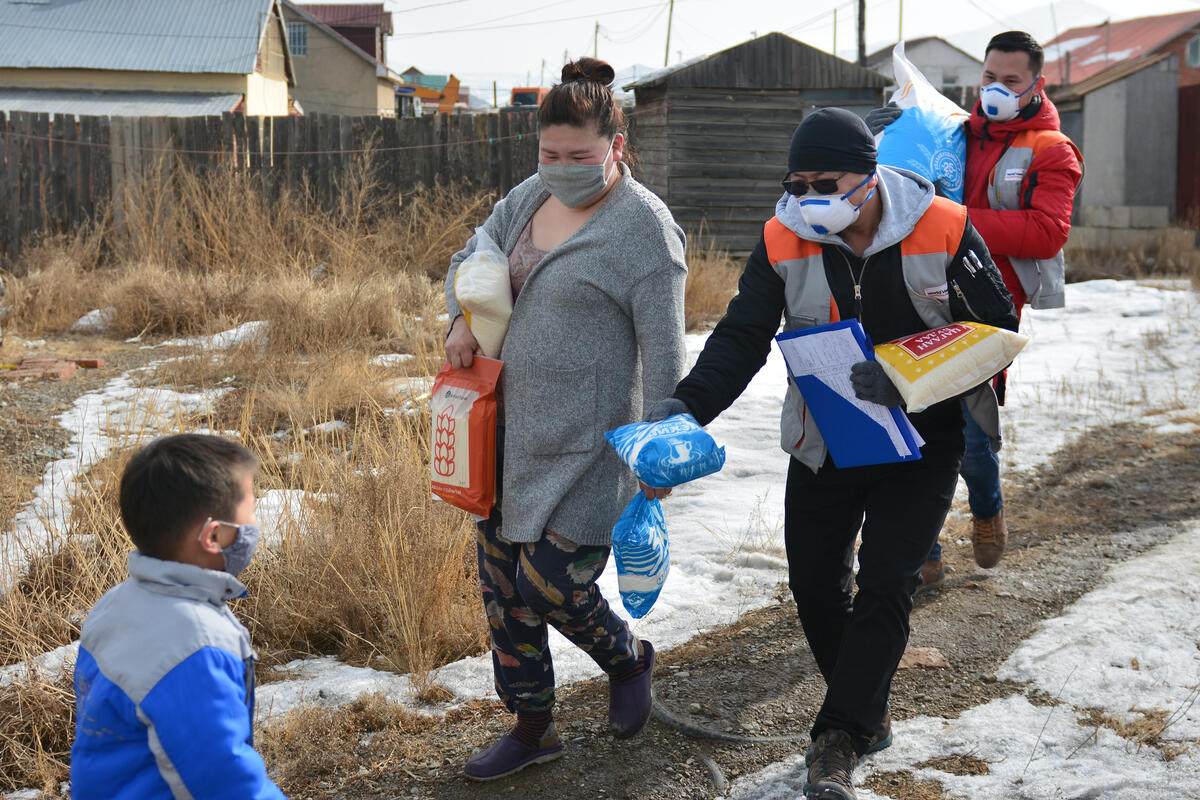
“We stand shoulder-to-shoulder with our peers and partners, with whom we have longstanding and trusted relationships around the world. We are focused on reaching the most vulnerable in the most fragile places, in four strategic ways: scaling up prevention measures, strengthening health systems and workers, supporting impacted children with education, protection and food security, and advocating to protect the world’s most vulnerable.
“We are all united in our common goal to tackle this threat, and I deeply believe that together we can get through this. Our common humanity is stronger than this virus.”
3. Why is World Vision’s COVID-19 response focusing on children?
Antoinette Habinshuti, World Vision’s National Director in Senegal
“In a pandemic like COVID-19, strong measures are taken, but oftentimes they don’t put children at the centre, especially the most vulnerable, even though they are most likely to bear the brunt of the crisis: reduced immunisation, increased malnutrition, or lack of education. World Vision’s response to COVID-19 in Senegal has focused on implementing activities that target children and protect them against the effects of this pandemic while also advocating both at national and international levels for their protection – during and after the pandemic.”
5. Why is child protection a key part of World Vision’s COVID-19 response?
Naw Genevieve, World Vision Myanmar’s Child Protection Technical Advisor
“Even before COVID-19, there were many child protection issues in Myanmar, such as economic exploitation and child labour, sexual exploitation and abuse, physical violence including corporal punishment, neglect/left alone by migrated parents, substance abuse and ongoing conflict and communal violence across the country,” says Genevieve. “Due to the lockdown imposed, the situation has become difficult and people are living hand to mouth … so they cannot stay at home. They leave their children and search for a job to get a daily meal.
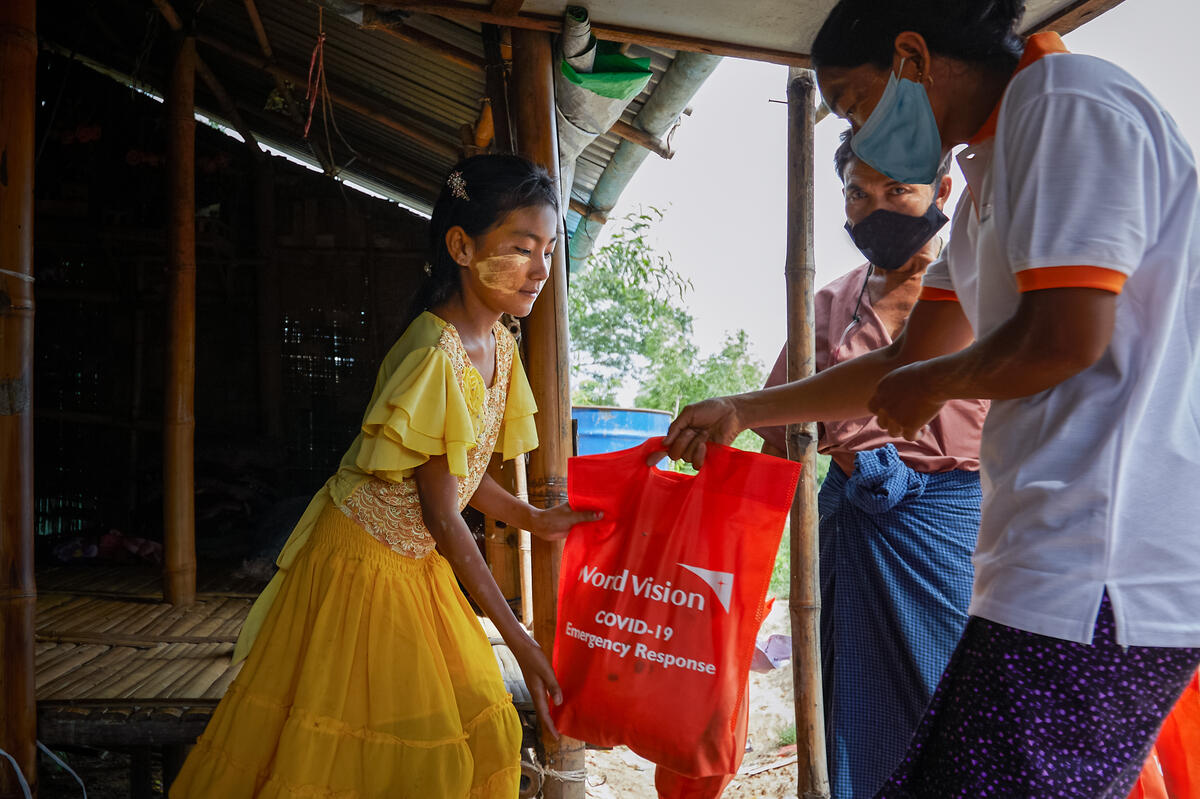
“During COVID-19, child protection incidents, especially among the adolescents, has increased. The secondary impacts of COVID-19 to children and their parents/ caregivers are huge. According to Akayar, the local women’s organisation, the calls received by its helpline indicate that domestic violence has increased by 30 per cent.”
Bill Forbes, World Vision’s Global Lead, Child Protection & Participation
“From World Vision’s country offices around the world, as well as from children themselves, we’re hearing that violence against children is on the rise around the world as families are locked down and under increasing economic pressure and stress,” says Forbes.
“Our staff on the ground tell us they are concerned about child abuse, domestic violence, and sexual abuse in the home and how to support violence prevention and response under lockdown. They have intervened in cases of online sexual exploitation and child marriage and are striving to ensure child protection systems do not collapse as their respective national authorities shift focus to COVID-19.
“The entire world is understandably focused on the health and economic aspects of COVID-19, but we must also address the alarming increase of violence against children. As we respond to the needs, we are also learning more about what more we can do – and how critical child protection really is within the world’s COVID-19 response.”
6. World Vision has supplied more than five million face masks to communities worldwide. How does this protective equipment get used on the ground?
Dr Socorro Marie Buensalido, Philippine Children’s Medical Centre
“The deliveries here will be a great help to our frontlines and especially to our patients in the paediatric stations. We receive a lot of children with symptoms of colds, fever and diarrhoea. Those are the ones primarily that we allocate our available protective equipment for.
7. Why is World Vision investing in advocacy?
Isabel Gomes, World Vision’s Global Director of Humanitarian Operations
Our research has uncovered that 30 million children are at risk of disease and death, and up to 85 million more girls and boys exposed to violence due to the secondary impacts of the COVID-19 pandemic,” says Gomes. “We see dire predictions of increased child hunger due to the economic impact of COVID-19 already starting to come true with an estimated 110 million children at risk of going hungry.
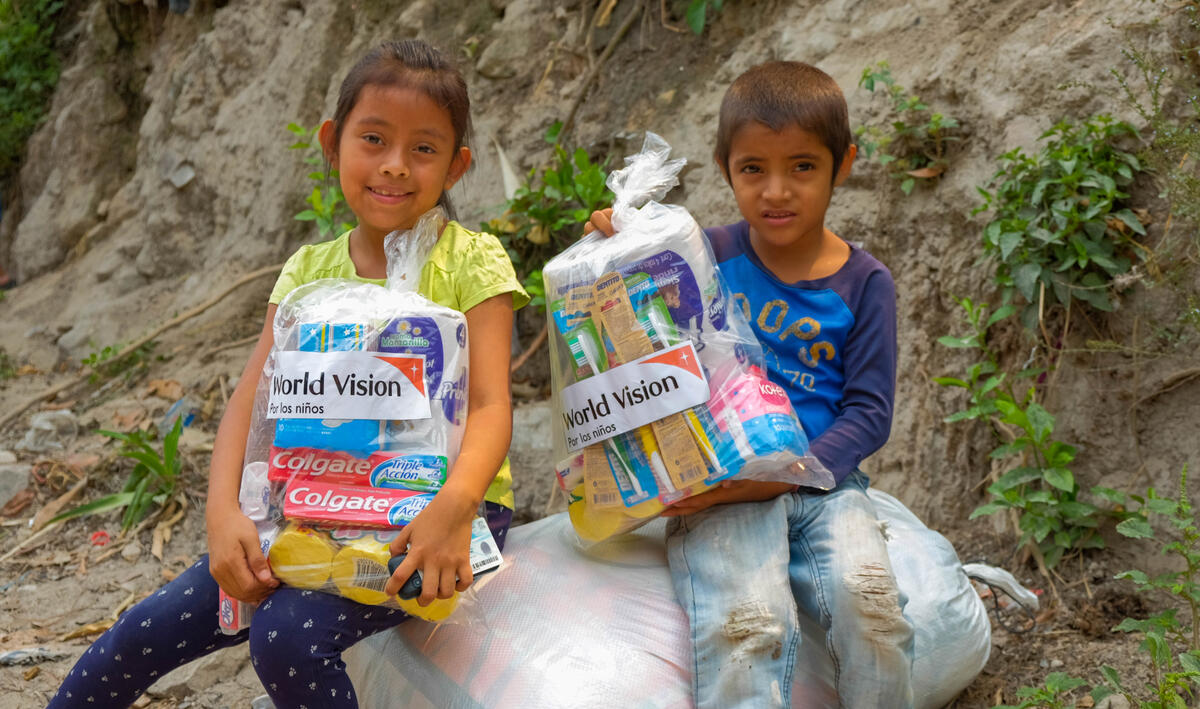
“The cost of protecting the poorest 10 per cent of the global population from the worst effects of the pandemic by one estimate is $90 billion – less than one per cent of the stimulus package wealthy countries have put in place to protect their own economies. Leaders from the world’s richest countries must add the world’s most vulnerable to their priorities. This virus knows no borders.
“Without action, we will see the first increase in global poverty and child mortality rates in 30 years. Richer countries cannot stand by and allow this to happen while they have the means to prevent it.”
8. How are World Vision child sponsors responding to the crisis?
Michael Messenger, President of World Vision Canada
“We’ve been struck by the generosity and commitment of everyday people coming alongside vulnerable children during this time,” says Messenger.
“For instance, we heard from a corporation that has completely changed their business model to produce masks that they are now donating as gifts-in-kind to help others across the world. We also have supporters experiencing financially difficult times but still desperately wanting to continue sponsoring their child. They are choosing to put their sponsorship on hold for a few months rather than completely cancel.
“We all have to stand together locally and globally, and it’s so encouraging to see many supporters stepping up to do this.
